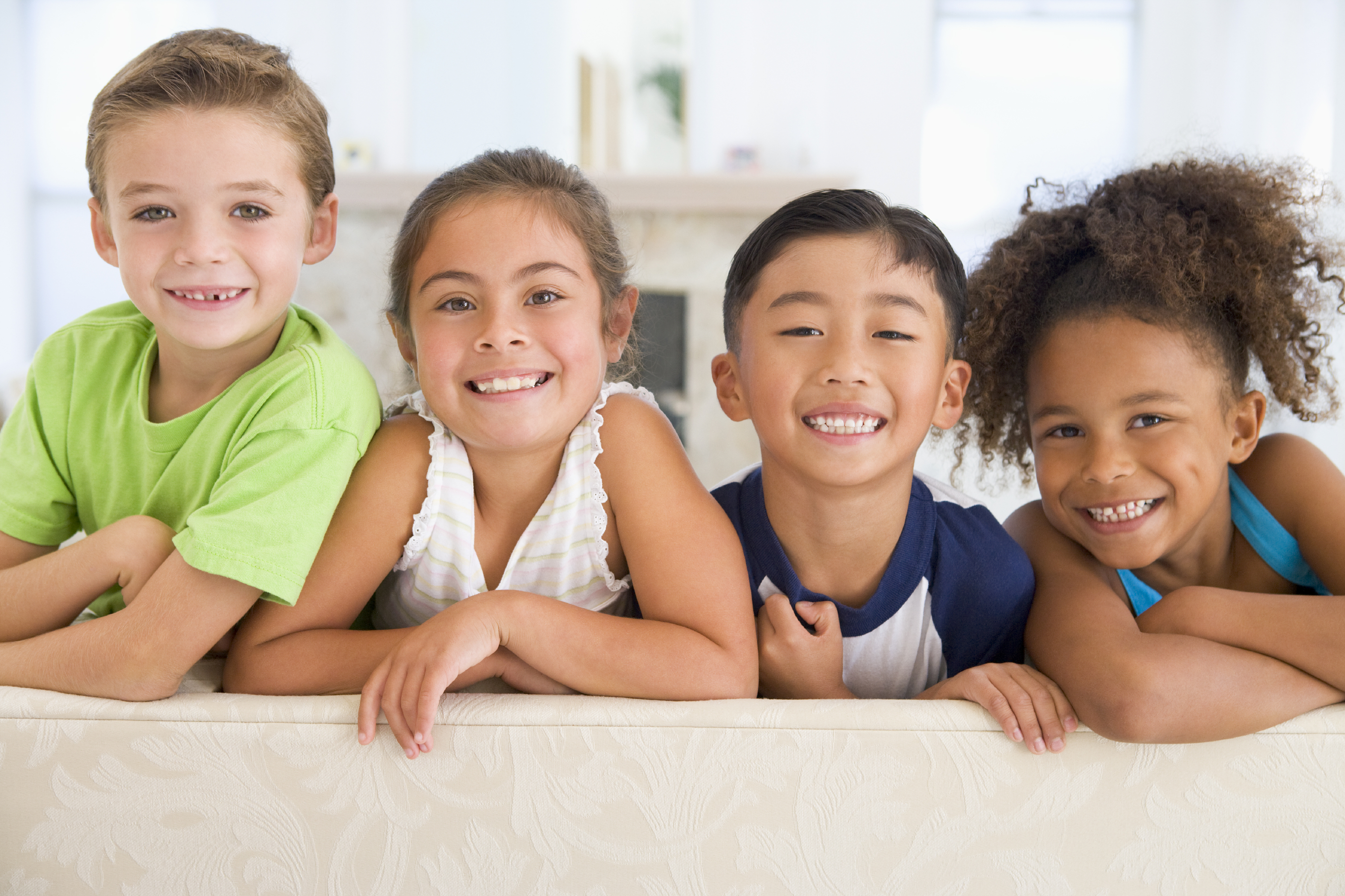 Not all children have the wonderful childhood we all hope to provide for our own children. Many children live in fear and neglect, and each year, approximately 3.3 million children experience some form of domestic violence.
Not all children have the wonderful childhood we all hope to provide for our own children. Many children live in fear and neglect, and each year, approximately 3.3 million children experience some form of domestic violence.
Domestic violence is the single most important forerunner to child abuse and 30 to 60 percent of perpetrators of partner abuse also abuse the children in the household. Child abuse may occur at any time between infancy and adolescence, and for every hour, as many as 115 children are abused.
Children who witness violent and abusive behavior in their homes are the most likely individuals to become perpetrators of domestic violence in the future. Men who are exposed to domestic violence in childhood are twice as likely to abuse their own partner and children, while women experiencing abuse in childhood are more likely to become victims of domestic violence in the future.
While 90 percent of children from violent homes witness their fathers beating their mothers, batterers often use unsupervised visits as an opportunity to psychologically abuse their children. This is often done in an effort to continue terrorizing the mother. These children tend to report stomach aches, diarrhea, nightmares, bedwetting, and violent behaviors against siblings and caretakers both before and after their visits.
Children react differently to abuse depending on age and gender. Common effects on children include anxiety, depression, low self-esteem, post-traumatic stress disorder, self-blaming, and self-destructive behaviors. Moreover, abused children are arrested by the police four times more often than non-abused children. A major issue is the failure among children to report crimes of domestic violence or sexual abuse due to shame, fear of retaliation, or fear of not being believed.
Domestic violence changes lives every day in our community. Not only does it kill, it robs families of peace of mind and security and children of their childhood. Domestic violence is a learned behavior and we must stop the cycle of abuse. Organizations such as Hubbard House offer programs to help with that process. Hubbard House offers a therapeutic day care center for children in residence at its emergency shelter, as well as, an intervention program, HARK (Helping At-Risk Kids), for children in the community who have witnessed domestic violence. Individual counseling is also provided to children in shelter and through outreach. All Hubbard House children’s programs provide guidance for children in safety planning, understanding and expressing one’s emotions, and non-violent conflict resolution.
The good news is that proactive prevention and intervention, through programs like those offered at Hubbard House, can significantly improve the lives of children who have been affected by domestic violence, thereby also advancing the well-being of the larger society in which they live.
If you or someone you know is in an abusive relationship please call the Hubbard House domestic violence hotline at (904) 354-3114 or (800) 500-1119.
ABOUT HUBBARD HOUSE
Founded in 1976, Hubbard House is a certified, comprehensive domestic violence center providing programs and services to more than 5,000 women, children and men annually in Duval and Baker counties. While Hubbard House is most known for its emergency shelter, the agency also provides extensive adult and youth outreach services, school-based education, therapeutic child care, batterers’ intervention programs, court advocacy and volunteer and community education opportunities. Visit www.hubbardhouse.org to learn more.
By Vicky Krook
